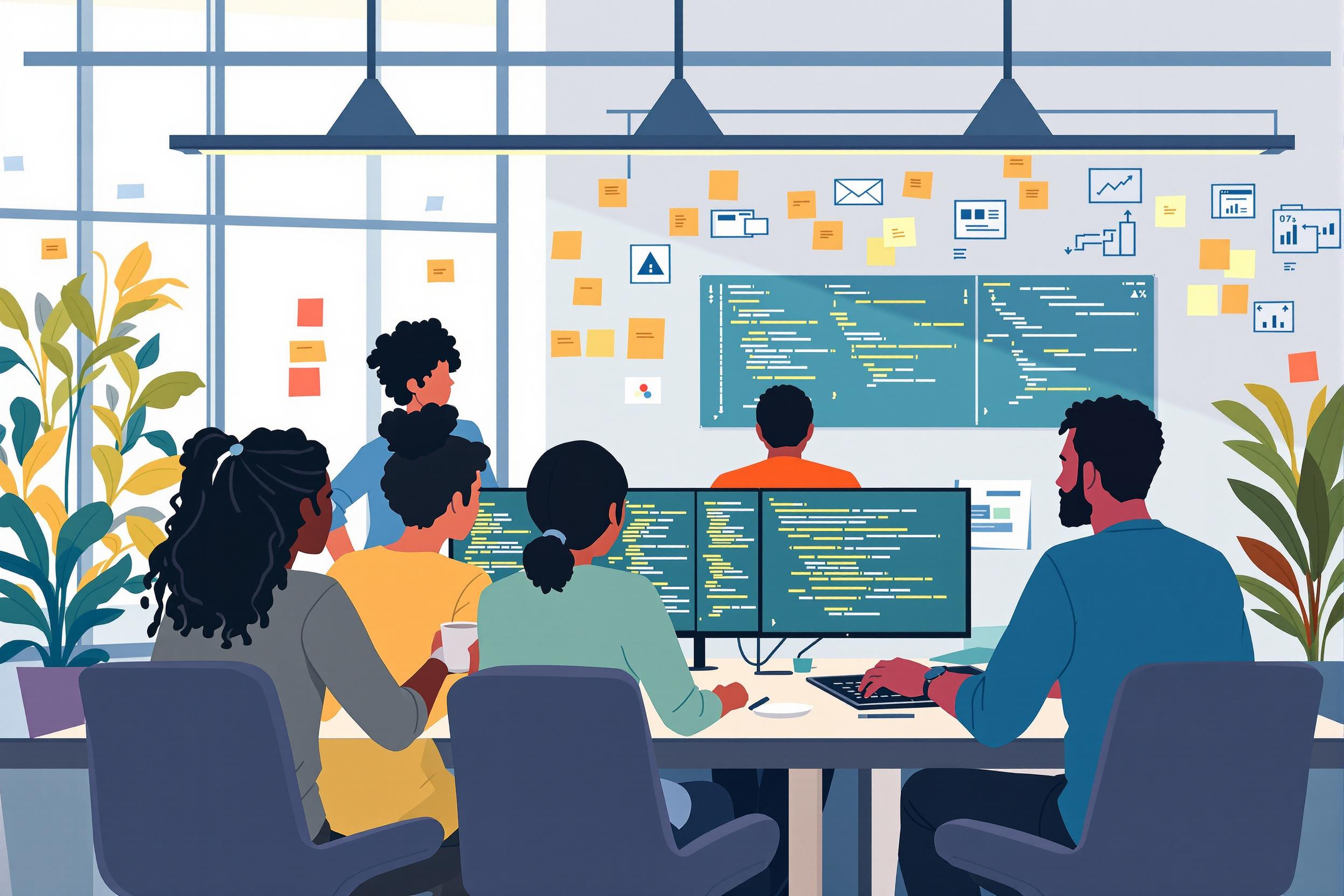
Blue Screen
A Blue Screen, also known as chroma key or blue screen technology, is a technique used in television and film production where actors or objects are filmed in front of a bright blue background. This background can then be replaced with any scene or special effects during editing. It's similar to a Green Screen, and both terms are often used interchangeably in the industry. This technology is essential for weather forecasts, movie special effects, and virtual production sets. Think of it as a magical backdrop that can be transformed into anything in post-production.
Examples in Resumes
Managed Blue Screen setups for daily weather broadcasts
Supervised Blue Screen and Chroma Key operations for major film production
Directed talent positioning and lighting for Blue Screen effects shots
Coordinated Blue Screen and Green Screen studio operations for multiple TV shows
Typical job title: "Blue Screen Technicians"
Also try searching for:
Where to Find Blue Screen Technicians
Professional Organizations
Job Boards
Online Communities
Example Interview Questions
Senior Level Questions
Q: How do you handle complex blue screen setups with multiple talent and varying lighting conditions?
Expected Answer: A senior technician should discuss managing different lighting zones, preventing blue spill, coordinating with multiple departments, and maintaining consistent quality across long shooting days.
Q: What's your approach to troubleshooting when blue screen effects aren't working as expected?
Expected Answer: Should demonstrate leadership in problem-solving, discussing lighting adjustments, equipment checks, and ability to make quick decisions while keeping production on schedule.
Mid Level Questions
Q: What factors do you consider when setting up blue screen lighting?
Expected Answer: Should explain the importance of even lighting, avoiding shadows, proper distance between subject and screen, and basic color temperature considerations.
Q: How do you prepare talent for working with blue screen effects?
Expected Answer: Should discuss explaining to actors where to look, what to imagine, marking positions on the floor, and maintaining proper distances from the screen.
Junior Level Questions
Q: What's the difference between blue screen and green screen?
Expected Answer: Should explain that both serve the same purpose but are used in different situations - blue works better for certain costumes and props, while green is more commonly used outdoors.
Q: What basic equipment is needed for a blue screen setup?
Expected Answer: Should list essential items like the screen itself, proper lighting equipment, markers for talent positioning, and basic understanding of camera settings.
Experience Level Indicators
Junior (0-2 years)
- Basic screen setup and maintenance
- Understanding of lighting fundamentals
- Knowledge of safety procedures
- Basic camera operation
Mid (2-5 years)
- Advanced lighting techniques
- Problem-solving during live broadcasts
- Talent coordination
- Multiple camera setup management
Senior (5+ years)
- Complex production oversight
- Team leadership
- Budget management
- Advanced troubleshooting
Red Flags to Watch For
- No understanding of basic lighting principles
- Lack of experience with live production environments
- Poor communication skills with talent and crew
- No knowledge of safety protocols
Related Terms
Need more hiring wisdom? Check these out...

Resume Screening Reinvented: 9 Unconventional Strategies to Discover Top Talent Hidden in Plain Sight

Resume Optimizations that Candidates Do to Get Past AI Hiring Filters

Cracking the Code: Real Strategies to Diversify Tech Hiring

